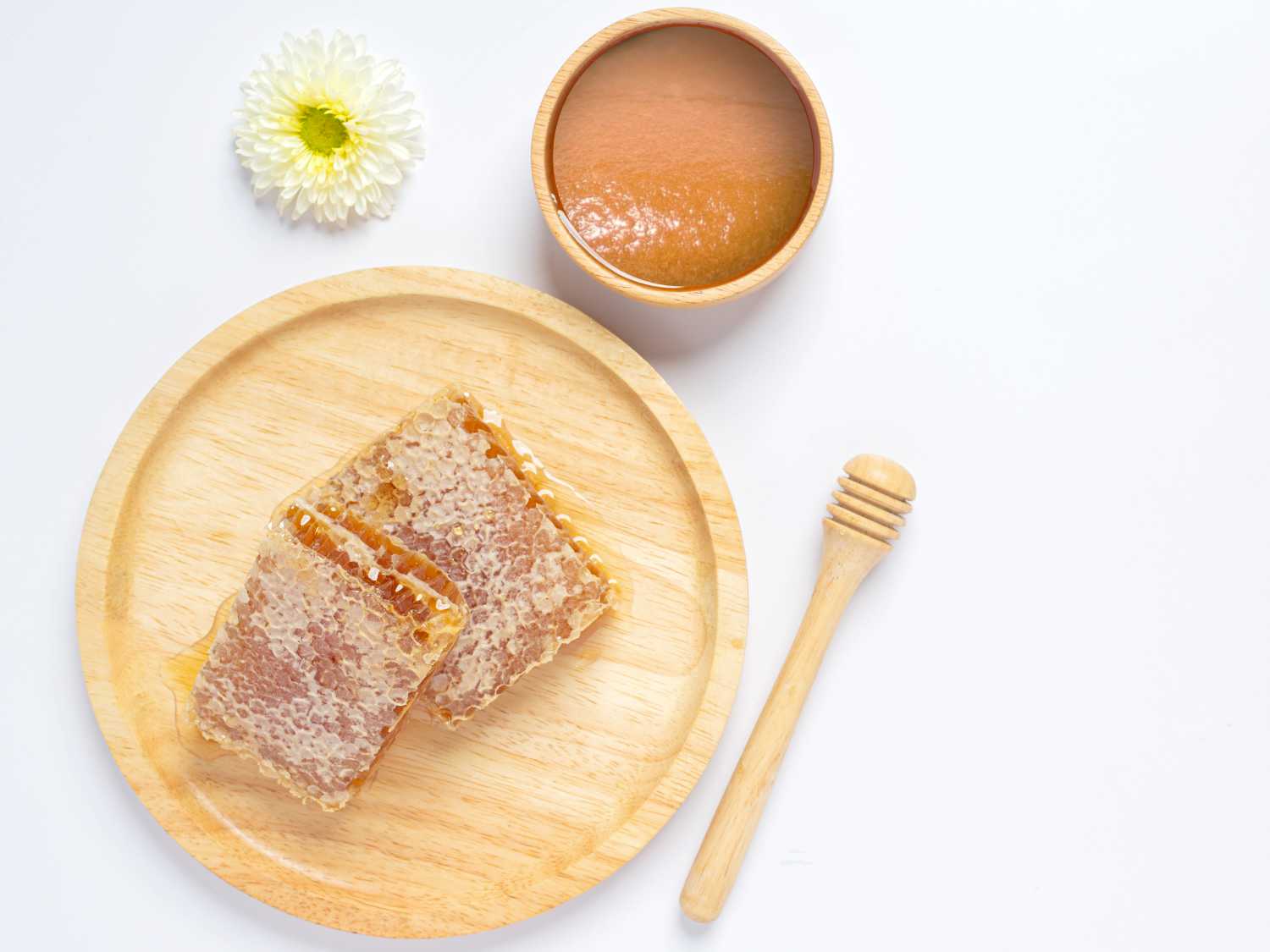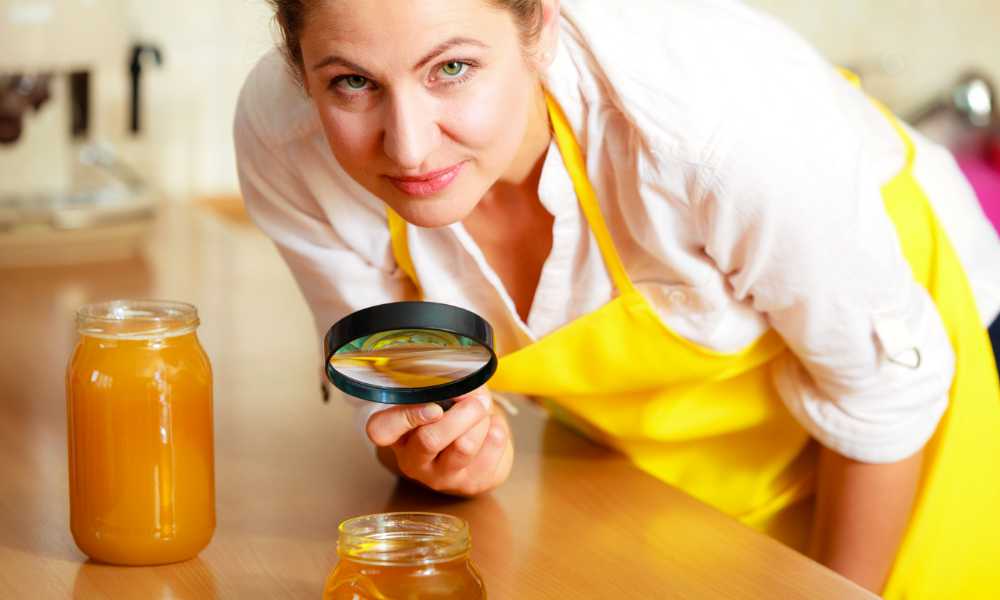Your basket is empty
Already have an account? Log in to check out faster.
Already have an account? Log in to check out faster.

We have already talked a lot about the Properties of Manuka honey And what is it for … today we will talk about which one to choose based on grade and use.
It is now known that honey, with its natural antibacterial action, represents the perfect ally to support our immune defenses and is a natural remedy which helps us prevent annoying seasonal ailments.
What differentiates Manuka honey from any other honey is the presence of a very high concentration of Methylglyoxal (MGO), the active ingredient responsible for its great antibacterial capacity.
For many years it was not possible to isolate this active ingredient and for this reason it was decided to call it Unique Manuka Factor , UMF (Unique Manuka Factor).
Only recently, thanks to research by a team of food chemists from the Technical University of Dresden, has it been possible to identify the unique Manuka factor as the Methylglyoxal .
Today, the quantification of Methylglyoxal is done in absolute terms and its concentration in a given quantity of honey can be determined exactly. To determine this value it is always necessary a chemical analysis which must be carried out in accredited laboratories from the MPI ( Ministry for Primary Industries ) of New Zealand. This is to guarantee the authenticity and quality of honey on the market and the Methylglyoxal content must be reported on the label.
Manuka honey is truly an extraordinary food, but let's look in detail at the classification and which grade to choose based on use.
First of all, let's clarify which are the grades of manuka honey, the classification of which is possible only and exclusively in relation to to the concentration of Methylglyoxal present within it.
In fact, Manuka honeys with very similar appearance, consistency and flavour can be very different because The amount of methylglyoxal is NOT detectable based on taste , for this purpose a chemical analysis is always necessary.
There are 5 grades of Natural Manuka HoneyMore:
But what does it really mean?
Let's take 100+ MGO as an example: this value indicates that in 1 kg of Manuka honey there will be 100 or more milligrams -mg- of Methylglyoxal. In 200+ MGO there will be 200 or more and so on…

Manuka honey represents a natural remedy to increase our immune defenses and is therefore useful for preventing and " treating " minor seasonal ailments.
Choose the right amount of methylglyoxal It is essential, the higher the concentration of Methylglyoxal in the honey, the greater its effectiveness. The rule is that the deeper the honey has to go, the higher the concentration must be.
Lower grades of Methylglyoxal such as MGO 100+ or 200+ can be used daily for preventative purposes or for external use. In fact, Manuka honey can be used both for internal use , which external as a natural device in the management of wounds and light burns .
Gradations of Manuka honey higher ones have a higher concentration of Methylglyoxal and are therefore more useful in case of minor ailments or disorders.
For greater effectiveness, honey should be consumed pure, one or two teaspoons a day. If you don't like its intense flavor, you can use it to sweeten tea, infusions or drinks. In hot milk, yogurt, on toast or pancakes or as a condiment for your recipes... and many more ways in which it can be consumed .
Obviously it must always be remembered that this is a natural product and not a drug. In fact, this type of food should absolutely not replace therapies, but be used as natural allies and valid help for our organism.
Sources
0 comments